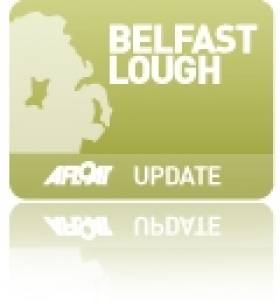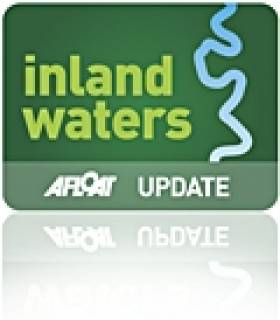Displaying items by tag: Newtownabbey
Newtownabbey Anglers Warn Over Pollution In Local River
#Angling - Newtownabbey anglers have urged vigilance after the discovery of a pollutant flowing into the Three Mile Water in the Co Antrim town earlier this week.
As the Newtownabbey Times reports, the suspect discharge was coming from a sewage pumping station.
But later tests by Northern Ireland Water and the Northern Ireland Environment Agency found no damage had been caused to the river habitat.
The Newtownabbey Times has more on the story HERE.
Belfast Lough Beach Flasher Faces Fine
#BelfastLough - A 31-year-old man from Newtownabbey has been fined a total of £600 (€697) for assaulting a police officer and exposing himself at a beach on the shores of Belfast Lough.
As UTV News reports, Belfast Magistrates Court heard that Robert John Stewart was "stoned out of his head" during the incident at Hazelbank Park in which he winded one PSNI officer and dropped his shorts to others when he ran away to the nearby beach.
His defence lawyer told the judge that he "unreservedly apologises" for his behaviour in what was "a drunken episode".
UTV News has more on the story HERE.
NI Officials Investigate Fish Kill in Newtownabbey
#INLAND WATERWAYS - Officials at the Northern Ireland Environment Agency (NIEA) are attempting to find the source of a pollutant that resulted in a fish kill on the Threemilewater river in recent weeks.
The Newtownabbey Times reports that more than 120 trout and salmon parr have been found dead on the short stretch of river between Mossley Mill and Doagh Road in Newtownabbey, Co Antrim.
John Webster of the Threemilewater Conservation and Angling Association speculated that the pollutant may have entered the water from any of a number of pipes that flow into the waterway near the railway line at Mossley Mill.
He described the fish kill as "an absolute diasaster", especially coming as it did at the opening of the fishing season on 1 March.
The Newtownabbey Times has more on the story HERE.






























































